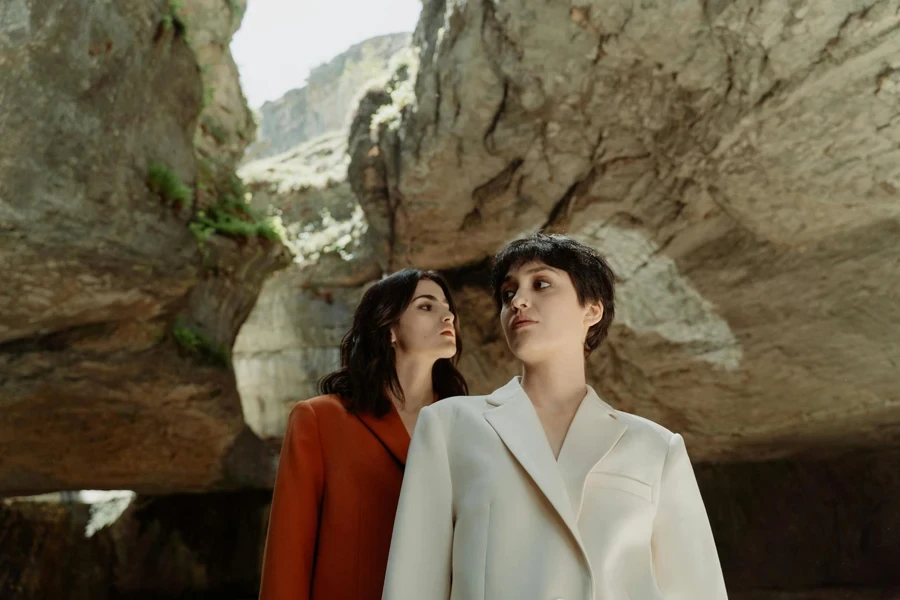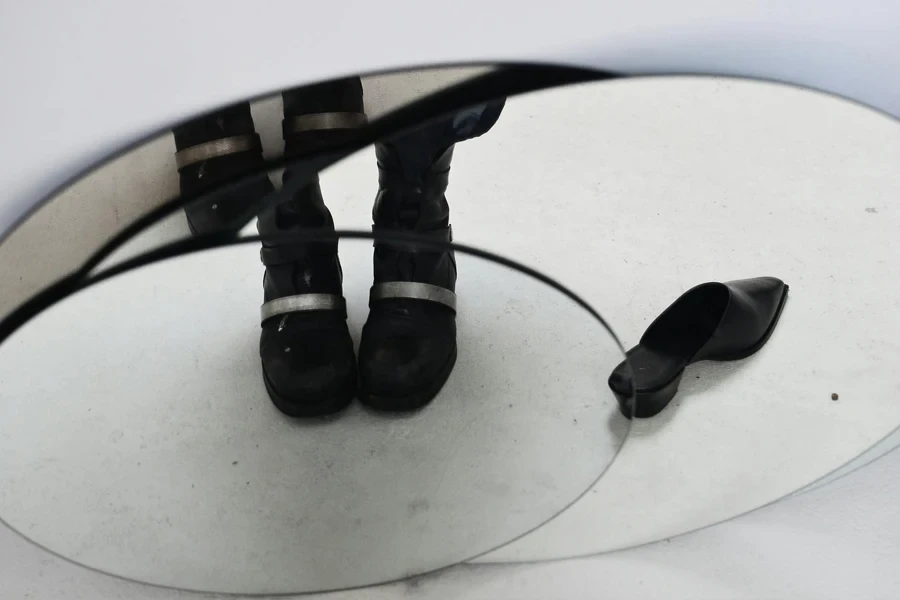The fashion industry is constantly evolving, driven by shifting consumer needs, technological advancements, and global challenges. As an online retailer, staying informed about the key trends shaping the future of fashion is crucial for success. In this article, we’ll explore the six major directions that will impact the industry in 2026. From age-agnostic design to the acceleration of climate solutions, these trends offer exciting opportunities for innovation and growth.
Table of Contents
1. Designing for diverse needs in an inclusive world
2. Harnessing AI for optimized efficiency and creativity
3. Accelerating sustainable solutions to save the planet
4. Embracing fresh perspectives in a world on the move
Designing for diverse needs in an inclusive world

In 2026, consumers will expect brands to create products that cater to a wide range of needs and people, rather than singular, outdated segments. As societies grow older and younger, and living situations become more diverse, there will be a greater demand for age-agnostic solutions. Brands like Unobra and Wout Speyers are already leading the way with innovative designs that prioritize function and feeling over demographics.
To succeed in this inclusive landscape, fashion brands must embrace a layered approach to research and development. Drawing inspiration from ancient wisdom and nature-first worldviews can lead to kinder, more intuitive solutions for health, rest, and material sourcing. By celebrating milestones on consumers’ own terms and timelines, brands can foster deeper connections and loyalty.
Harnessing AI for optimized efficiency and creativity

As technology becomes more seamlessly integrated into everyday life, the relationship between humans and machines will grow increasingly symbiotic. AI will play a pivotal role in solving critical issues, upgrading outdated systems, and driving accelerated growth in creativity and productivity.
Fashion brands can harness the power of AI to streamline workflows, facilitate personalization, and collaborate with consumers in the design process. Platforms like H&M’s Creator Studio and Amazon’s Fit Insights demonstrate the potential for AI to revolutionize the industry, from idea generation to supply chain optimization. By embracing intentional, efficiency-focused tech, brands can create products that benefit both people and the planet.
AI-powered tools can help brands navigate the complexities of sizing and fit, reducing returns and overproduction. Amazon’s Fit Insights, for example, uses large language model AI to extract fit feedback from product reviews, allowing brands to adjust their supply chains accordingly.
However, brands must strike a balance between the efficiencies of AI and the unique value of human creativity. By using AI as a co-creator and problem-solver, rather than a replacement for human ingenuity, fashion retailers can optimize their workflows while maintaining the authenticity and emotional resonance that consumers crave.
Accelerating sustainable solutions to save the planet

In the face of climate change and resource scarcity, fashion brands must accelerate meaningful policies and solutions aimed at mitigating environmental impact. Core technologies like AI and synthetic biology, as well as bio-industrial advances such as precision fermentation, will be crucial to creating scalable, sustainable alternatives to everyday materials.
Innovative brands like Vivobarefoot, Goldwin, and Ganni are already partnering with biotech pioneers to develop fully compostable, bio-based products. Vivobarefoot’s collaboration with material science company Balena has resulted in the VivoBiome shoe, a 3D-printed, on-demand, and made-to-measure footwear solution that can biodegrade within an industrial composting system. Goldwin’s long-term partnership with Spiber has yielded the Brewed Protein fiber, a sustainable alternative to traditional textiles that the brand aims to incorporate into 10% of its products by 2030.
Embracing fresh perspectives in a world on the move

In an increasingly globalized and interconnected world, migration and mobility are reshaping the cultural landscape. As people move across borders and cultures, they bring with them unique perspectives, experiences, and influences that enrich and transform the societies they join. For fashion brands, this presents an exciting opportunity to embrace new ideas, aesthetics, and ways of thinking.
To succeed in this dynamic environment, brands must create products that are flexible, adaptable, and responsive to the needs of a world on the move. This means designing for versatility, portability, and cultural fluidity, with a focus on products that can seamlessly transition between different contexts and settings.
Brands can draw inspiration from the rich tapestry of global cultures, incorporating traditional techniques, patterns, and materials into contemporary designs. By celebrating the diversity of human experience and creativity, fashion retailers can foster a sense of connection, empathy, and understanding among their customers.
Collaborations with artists, designers, and influencers from different backgrounds can also help brands tap into fresh perspectives and reach new audiences. By amplifying underrepresented voices and stories, fashion brands can contribute to a more inclusive and equitable industry that reflects the multifaceted nature of our world.
As the world continues to evolve and change, fashion brands that embrace the power of fresh perspectives will be better equipped to navigate the challenges and opportunities of the future. By celebrating diversity, creativity, and cultural exchange, retailers can create products that resonate with a global audience and contribute to a more vibrant, connected, and compassionate world.
Conclusion
The fashion industry is on the cusp of a transformative era, driven by the need to adapt to a rapidly changing world. As an online retailer, embracing these six big ideas for 2026 can help you stay ahead of the curve and create products that resonate with consumers’ evolving needs and values. By designing for diversity, harnessing AI, accelerating sustainability, embracing fresh perspectives, scaling to fit, and prioritizing multisensorial experiences, you can build a thriving business that makes a positive impact on both people and the planet. The future of fashion is in your hands – are you ready to innovate and lead the way?




